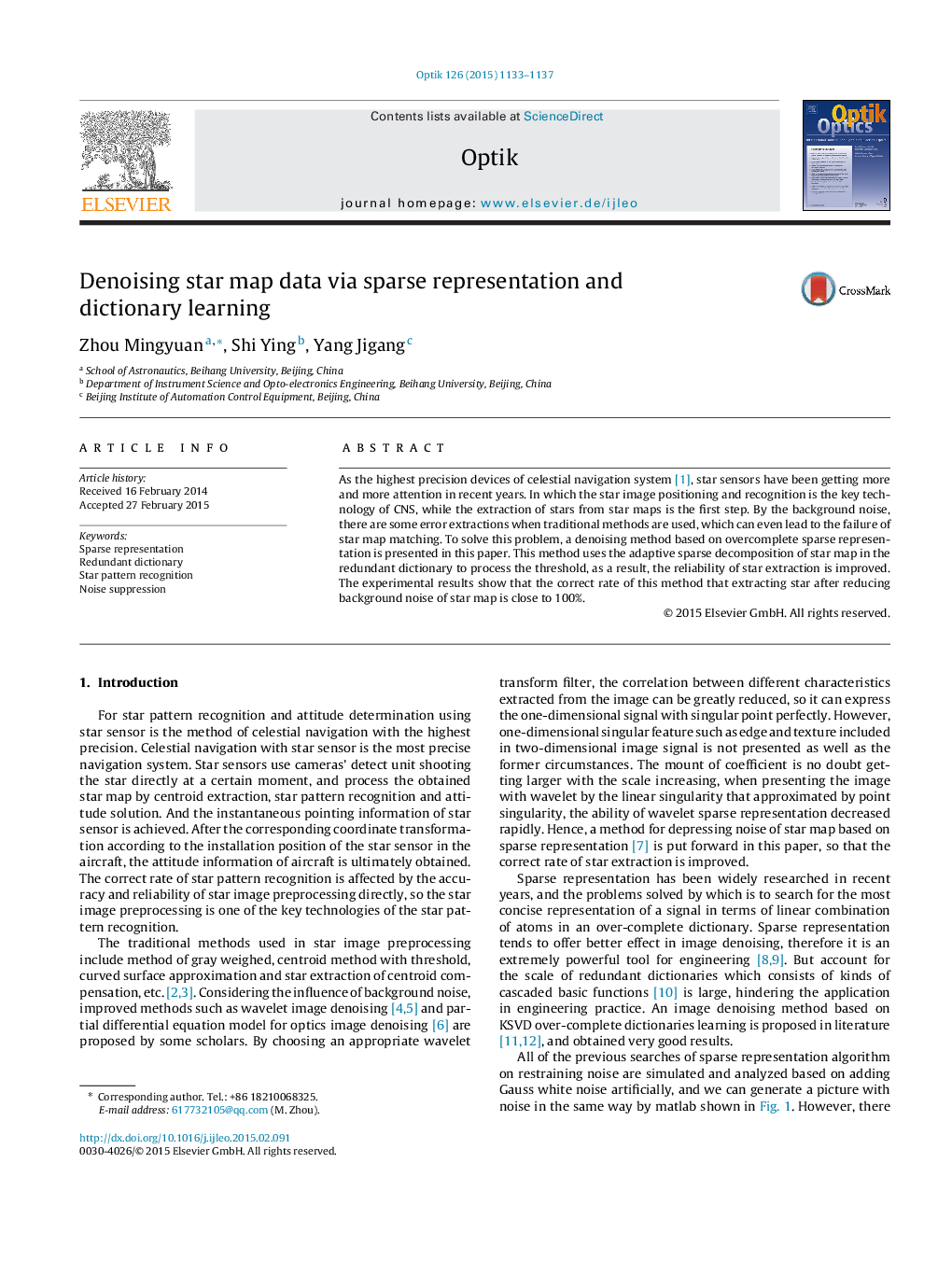| Article ID | Journal | Published Year | Pages | File Type |
|---|---|---|---|---|
| 7481989 | Journal of Environmental Management | 2015 | 5 Pages |
Abstract
Nanoscience is a field that has stood out in recent years. The accurate long-term health and environmental risks associated with these emerging materials are unknown. Therefore, this work investigated how to eliminate silver nanoparticles (AgNPs) from synthetic effluents by electrocoagulation (EC) due to the widespread use of this type of nanoparticle (NP) in industry and its potential inhibition power over microorganisms responsible for biological treatment in effluent treatment plants. Synthesized AgNPs were studied via four different routes by chemical reduction in aqueous solutions to simulate the chemical variations of a hypothetical industrial effluent, and efficiency conditions of the EC treatment were determined. All routes used silver nitrate as the source of silver ions, and two synthesis routes were studied with sodium citrate as a stabilizer. In route I, sodium citrate functioned simultaneously as the reducing agent and stabilizing agent, whereas route II used sodium borohydride as a reducing agent. Route III used d-glucose as the reducing agent and sodium pyrophosphate as the stabilizer; route IV used sodium pyrophosphate as the stabilizing agent and sodium borohydride as the reducing agent. The efficiency of the EC process of the different synthesized solutions was studied. For route I, after 85Â min of treatment, a significant decrease in the plasmon resonance peak of the sample was observed, which reflects the efficiency in the mass reduction of AgNPs in the solution by 98.6%. In route II, after 12Â min of EC, the absorbance results reached the detection limit of the measurement instrument, which indicates a minimum reduction of 99.9% of AgNPs in the solution. During the 4Â min of treatment in route III, the absorbance intensities again reached the detection limit, which indicates a minimum reduction of 99.8%. In route IV, after 10Â min of treatment, a minimum AgNP reduction of 99.9% was observed. Based on these results, it was possible to verify that the solutions containing citrate considerably increased the necessary times required to eliminate AgNPs from the synthesized effluent, whereas solutions free of this reagent showed better results on floc formation and, therefore, are best for the treatment. The elimination of AgNPs from effluents by EC proved effective for the studied routes.
Related Topics
Physical Sciences and Engineering
Energy
Renewable Energy, Sustainability and the Environment
Authors
M.S. Matias, S.P. Melegari, D.S. Vicentini, W.G. Matias, C. Ricordel, D. Hauchard,
